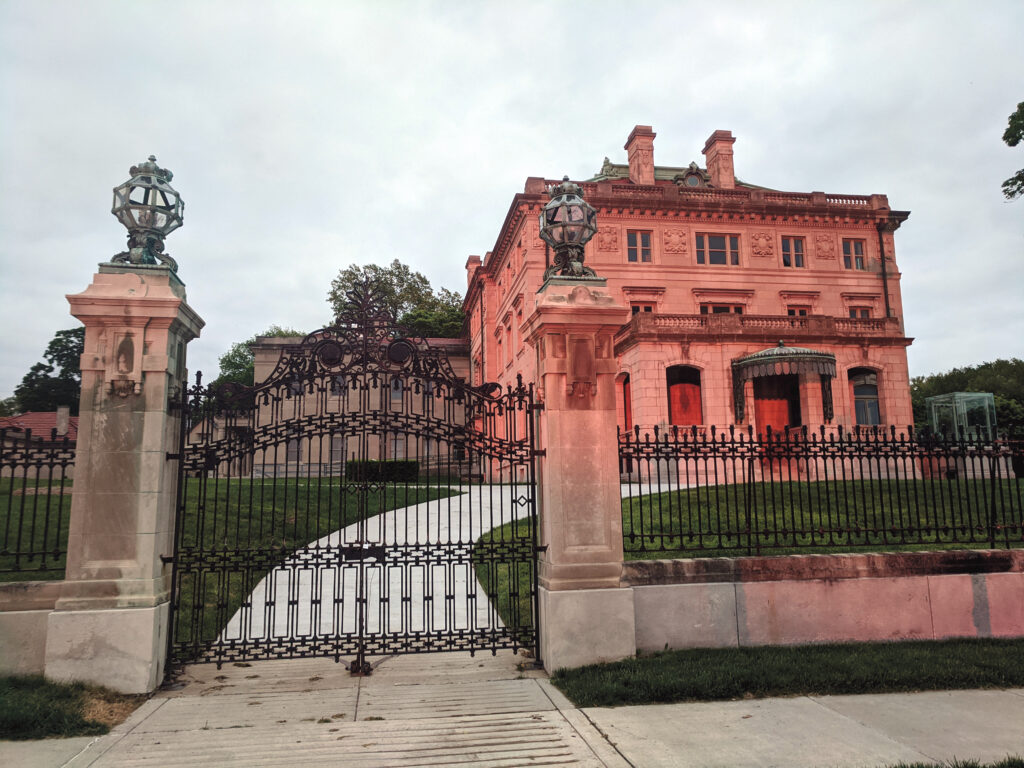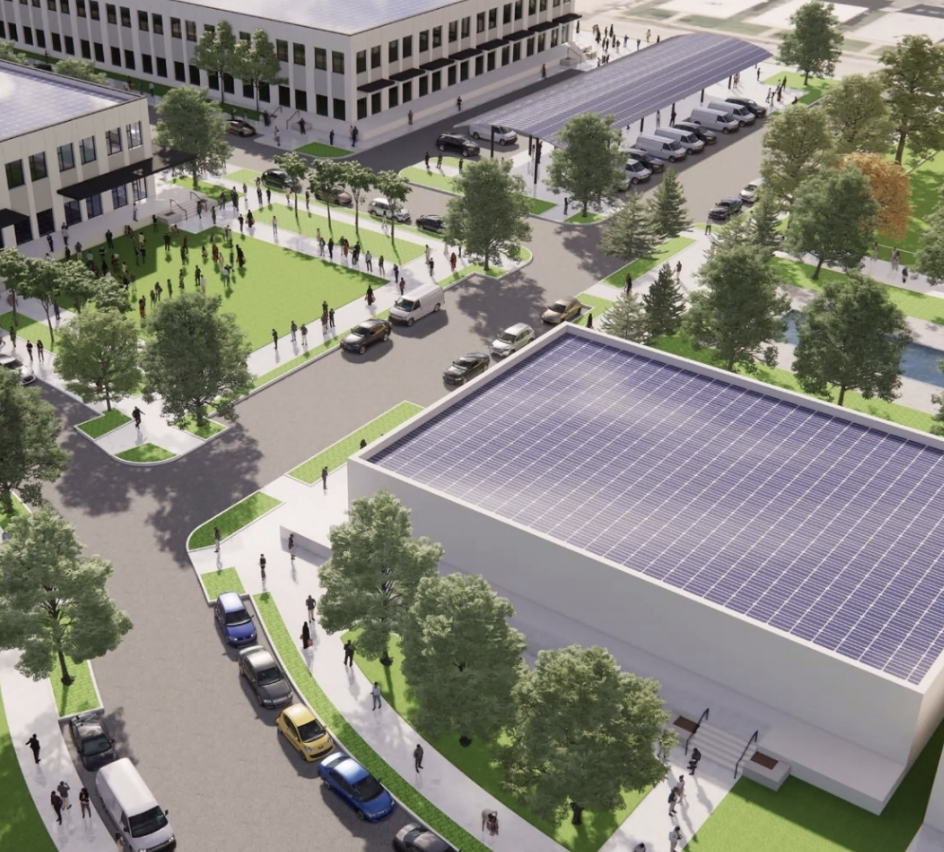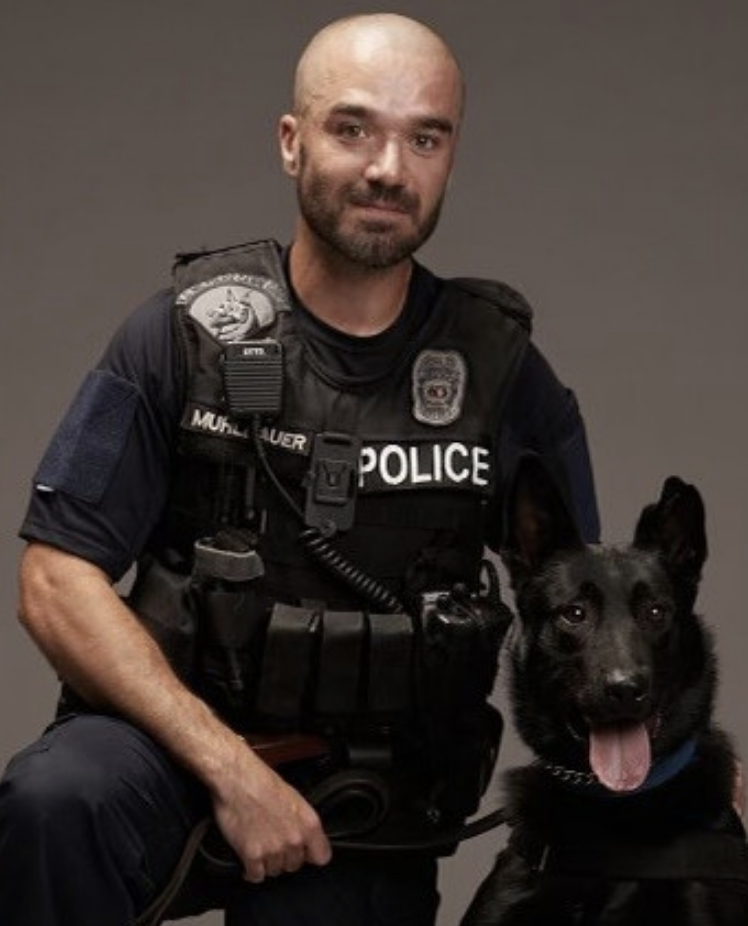
By Abby Hoover
A Missouri State Senate bill seeking to fund additional cultural institutions with Kansas City’s Museum Mill Tax Levy has been introduced in the Missouri Senate.
Senate Bill 898, introduced by Missouri Senator Barbara Anne Washington (D-9), would repeal section 92.035 of the Revised Statutes of Missouri (RSmo), and expand the tax levy to be utilized by institutions other than the Kansas City Museum, for which it was originally enacted.
The bill was pre-filed on December 1, 2021, and was first read on January 5. On January 27, the bill had its second read and was referred to the Senate Local Government and Elections Committee, where it remains. As of February 7, the bill is not scheduled for debate, and Washington is in discussion with Board Chair Allen Dillingham at the Kansas City Museum.
An explanation of SB 898 reads, “Current law authorizes the city of Kansas City to levy a property tax to be used exclusively for museum purposes, provided such levy shall not exceed $0.10 per $100 assessed valuation, and further provided that the proceeds of such levy are used exclusively for museum facilities in existence on August 13, 1978. This act allows the proceeds from such levy to be used for all museums located in the city.”
Speculation is circulating that Washington intends to divert funds to the Bruce R. Watkins Cultural Center at 3700 Martin Luther King Jr. Blvd. The center – named for the prominent Black political and social activist, Tuskegee Airman, and former City Councilman – closed in the early days of the COVID-19 pandemic and has yet to reopen. The center is searching for a new Executive Director and to fill other vacancies.
The Kansas City Museum recently completed a $23 million restoration and renovation of Corinthian Hall, the main building on its campus, funded by the Museum Mill Levy and GO KC Bonds, approved by voters on April 4, 2017.
The Museum Mill Levy collected today originated in 1945 when the state imposed a maximum rate of levy for municipal purposes. An “annual rate of tax levy of one dollar on the hundred dollars assessed valuation shall be limited, or may be increased, by city ordinance” for causes including capital improvements and operating expenses of museums.
In 1967, the City Council passed a resolution in support of Senate Bill 15, in which the language was clarified to mean the municipal museum and no other, and that “the word ‘museum’ as used in this act, shall not be construed to mean or include an art gallery.”
In 1977, the state added the requirement that a majority of officers and board members of the Kansas City Museum be residents of the state of Missouri and Kansas City taxpayers.
The Museum requested a four cent tax levy increase in 1984, noting that two cent on $100 assessed valuation only provided about a third of what the Museum needed to operate. At the time, the Museum estimated the increase would only cost taxpayers $5 per year, but would bring in an additional $800,000 to the Museum. The Museum promised air conditioning, increased programs, more of the collections on display, and continuing educational experiences. Additionally, Kansas Citians were promised the Museum would not move from 3218 Gladstone Blvd.
In 1991, the state imposed another change, making general admission to the Museum’s facility in existence prior to August 13, 1978, free and open to the residents of the city.
Built in 1910 as the home of lumber baron Robert A. Long, Corinthian Hall was donated to the City of Kansas City following Long’s death with specific instructions to be used in perpetuity as a museum of history with free admission to the public. The Kansas City Museum was founded in 1939 by the Kansas City Museum Association and was operated by an elected Board of Governors. Under the auspices of the Bi-State Cultural Sales Tax, passed in 1996, the Kansas City Museum was merged with Union Station in November 2000 upon the completion of the renovation of Union Station.
Almost immediately, accusations began to surface about USKC, the management entity overseeing the day-to-day operation of Union Station, diverting mill levy funds from the Museum for salaries and collections management. Additionally, artifacts donated to the Kansas City Museum specifically, were diverted to Union Station’s ownership. The relationship between the Museum and Union Station continued to deteriorate with Museum advocates regularly being removed from USKC Board meetings and exhibits scheduled for the Museum being diverted to Union Station, enraging Museum advocates given the Station wasn’t certified by any sanctioning body officially as a museum.
The relationship between the two entities continued to sour and the Museum continued to fall into greater and greater disrepair. At a dedication for the Ronnie DePasco State Scenic Byway in June of 2003, then City Councilwoman Deb Hermann was given a tour of the Museum and grounds by Jackson County Legislator Scott Burnett and Northeast resident and civic leader Ruthanne Harper. Hermann was flabbergasted at conditions at the Museum, stating in a May 2021 Northeast News Podcast that “we had about ten seconds to save that building,” noting water running down interior walls and the decorative ironwork that hung over the west portico was laying in pieces in tall weeds behind the main building.
After a series of meetings with Northeast neighborhoods and a meeting with Union Station Director Turner White who suggested that the Museum building be shuttered and put on the public auction block, Hermann introduced a council resolution in January, 2005, recognizing the Kansas City Museum Advisory Board. While in the bigger picture the board had little if any power over the continued plundering of Museum resources by USKC, it was an important first step in establishing a separate mission and purpose for the Kansas City Museum at Corinthian Hall and ultimately leading to a less than amicable separation of the two entities almost nine years later.
As Leslie Collins reported for the Northeast News in 2013, annually, the Kansas City Museum receives $1.4 million from the mill levy. In 2004, Union Station officials tried to convince the Kansas City City Council to place a proposed mill levy increase on the August ballot, increasing the tax to 10 mills. Due to the 2000 merger, Union Station said it would be eligible to receive a portion of the increase. Union Station Kansas City, Inc. (USKC) proposed that three cents of the levy would go toward the Kansas City Museum and the remaining seven cents would go toward operations at the Union Station facility. By 2004, Union Station had already collected the one-time funding of $118 million from the Bistate Cultural Sales Tax to renovate Union Station as well as create a science museum.
According to a 2004 Museum Tax Levy document released by Union Station, “Currently, every dollar earned at Union Station goes toward operating expenses, leaving virtually no capital for new attractions and other amenities… The Station’s annual operating deficit is between $5 million and $6 million a year. The current year’s (2004) operating deficit is expected to be $6.2 million.”
The Kansas City City Council never approved the ballot initiative.
By 2007, the rancor between USKC and the Museum and its associated mill levy was at such a fevered pitch, State Representative John Burnett filed House Bill 760, prohibiting any mill levy monies from being diverted to “any facility previously used as a railroad terminal,” directly targeting Union Station.
“My memory of that is that it was filed because of the dispute between the USKC Board trying to take over 3218 (The Kansas City Museum) and this was part of that infighting,” Burnett said.
The bill was passed out of the House Local Government Committee with a recommendation of a “do pass” in the full house. The bill died on the house floor, never receiving an up-down vote.
“Having it pass out of committee was a victory of sorts because it was an effective message and it could have very easily been put into a larger piece of legislation and advanced to a vote,” Burnett said.
That particular dispute between the Union Station Board and the Museum Board was settled outside of his filed legislation as part of the give-and-take of the USKC Board trying to grab up the mill levy from the Museum.
The Museum cycled through at least six directors in less than a decade, each with different priorities and visions.
Management of the Museum was transferred to the Kansas City Parks and Recreation Department from 2014 to May 2021. Through an agreement with the park department, the Museum was restored and is now maintained and managed by the Kansas City Museum Foundation.


















